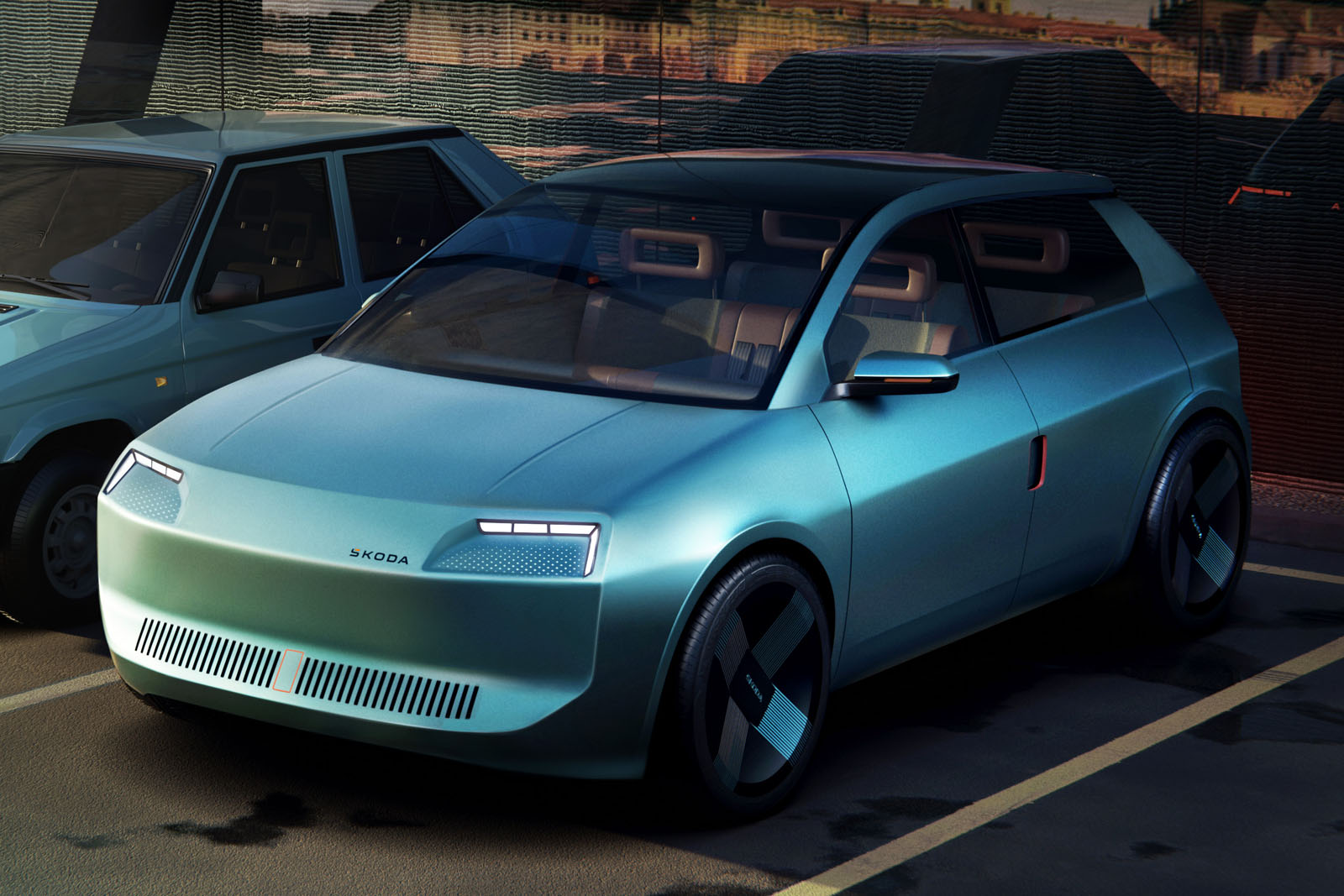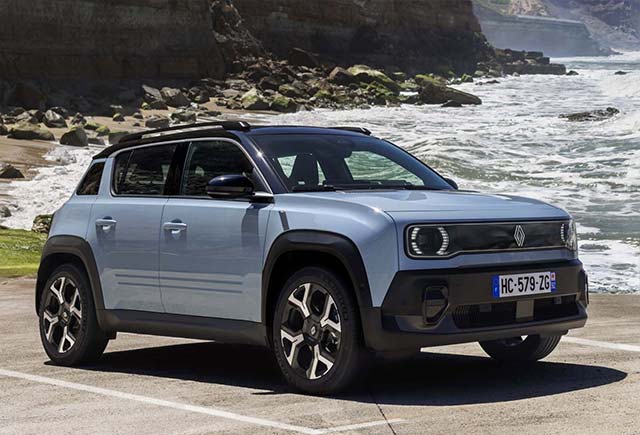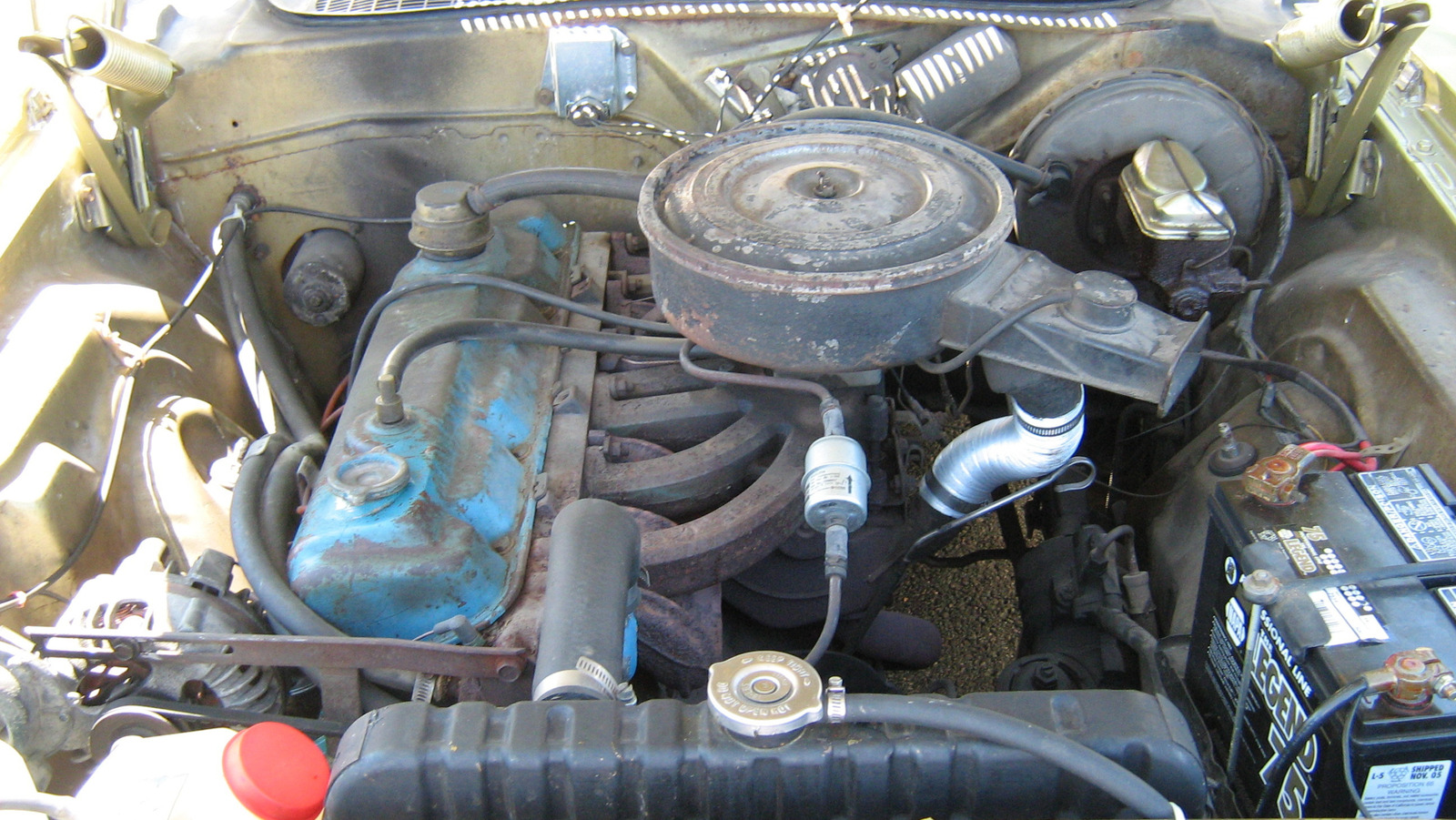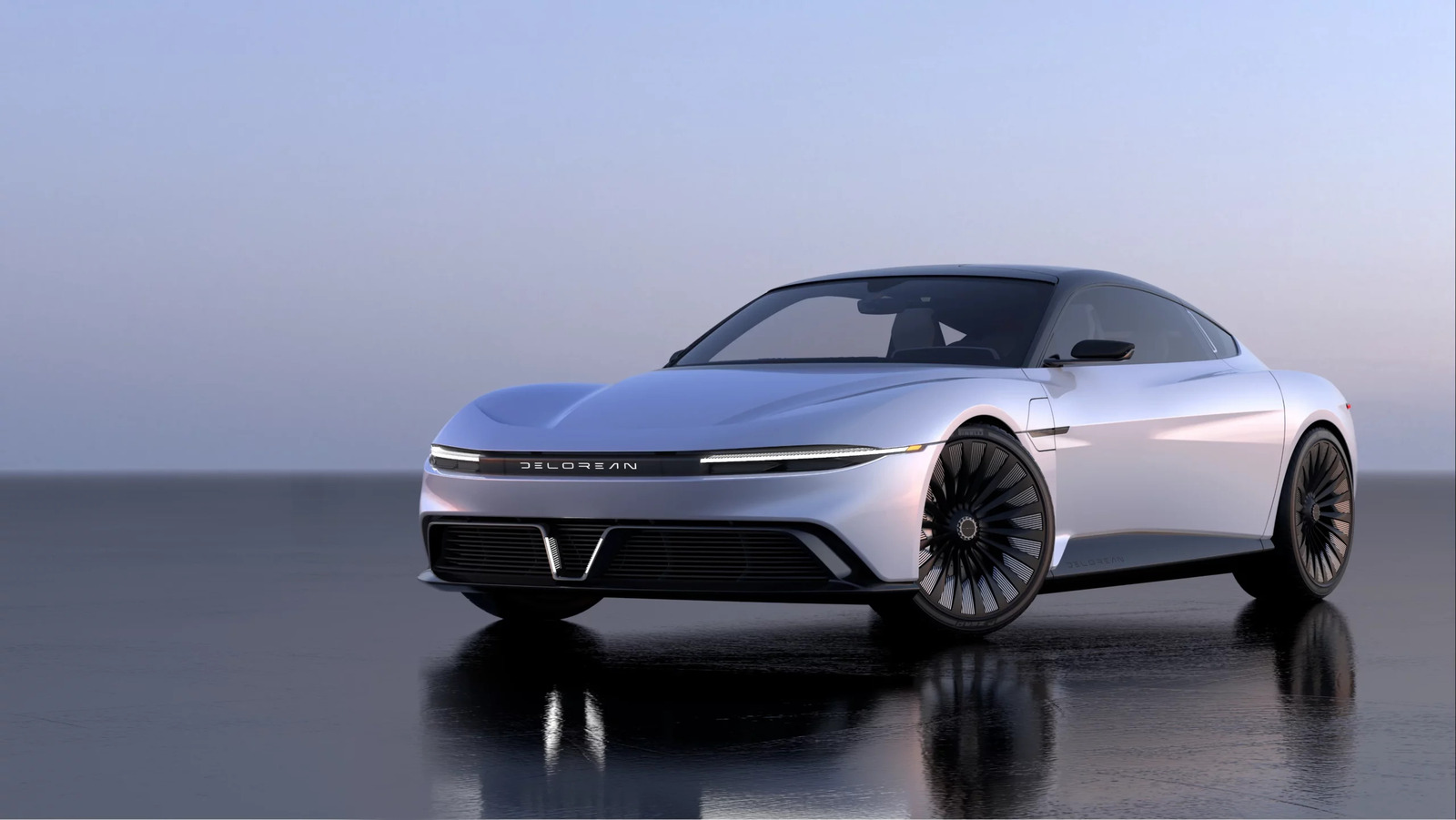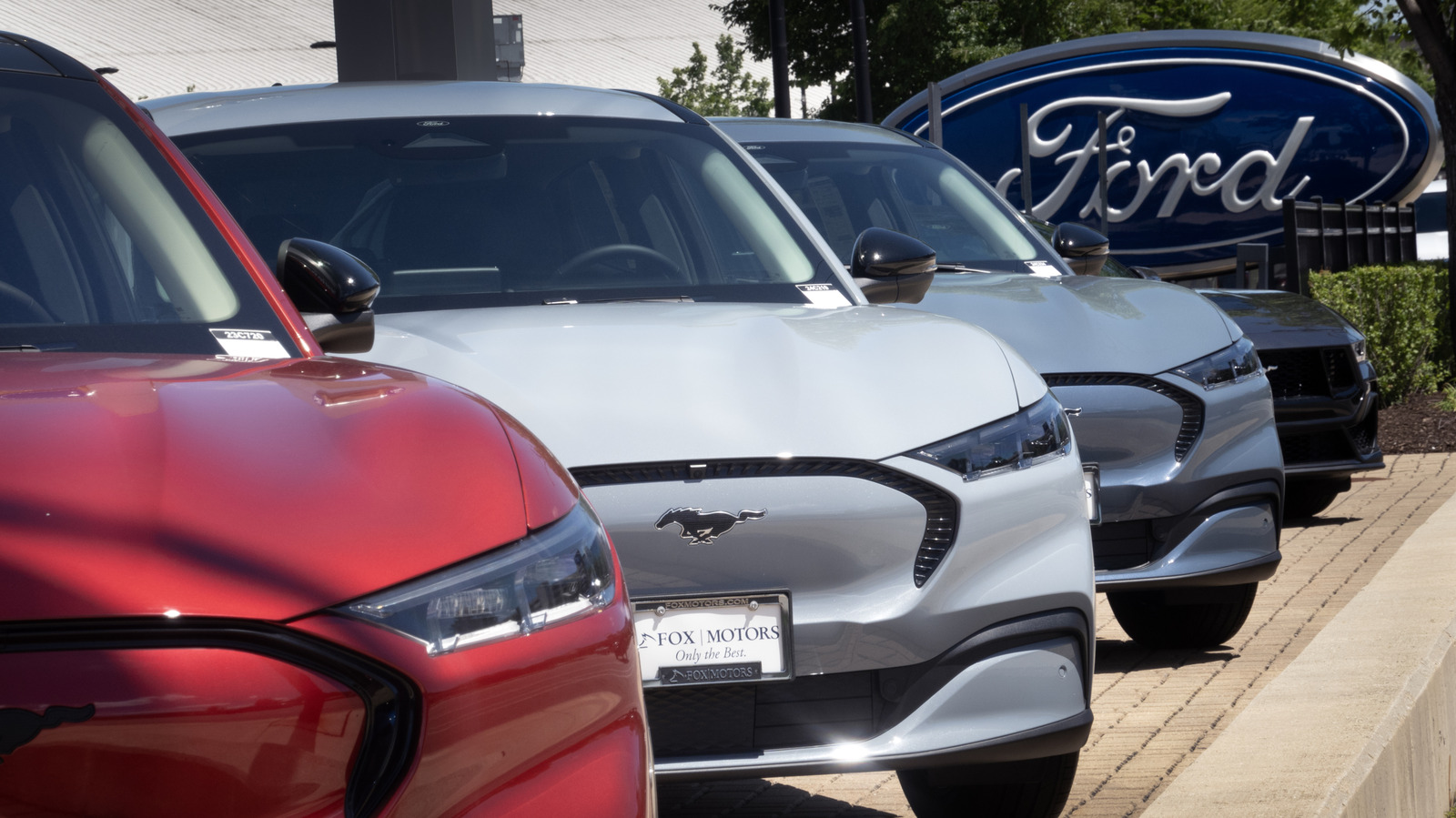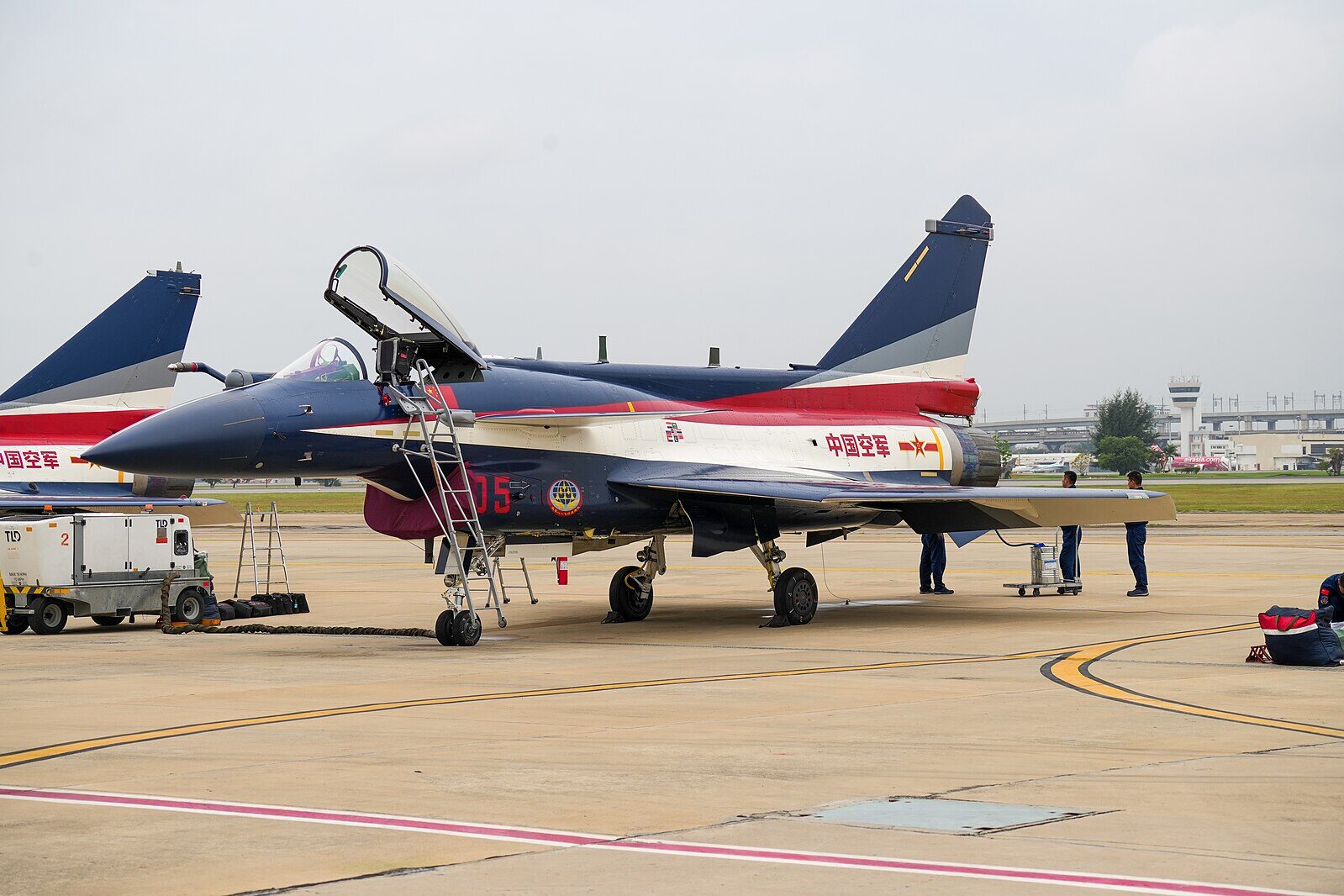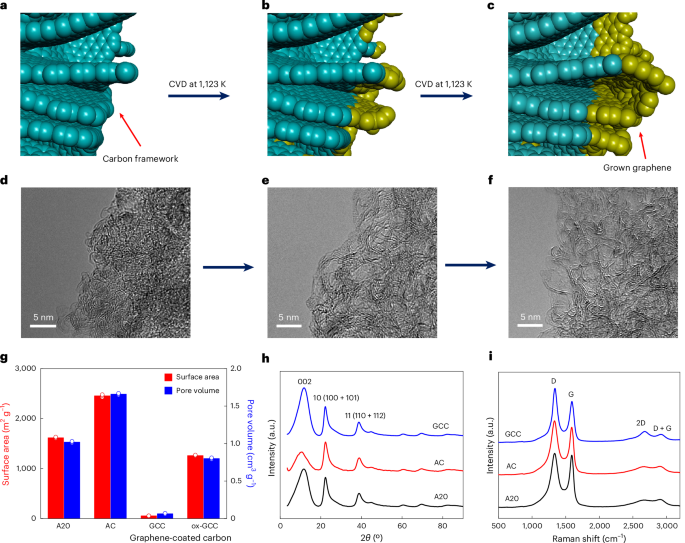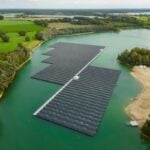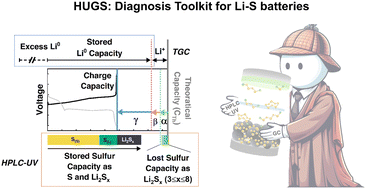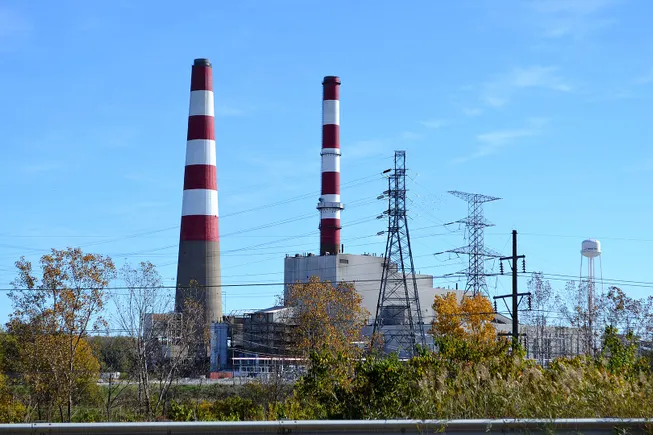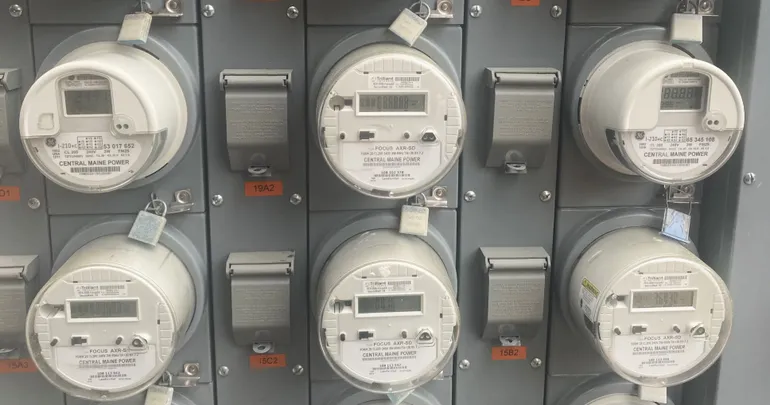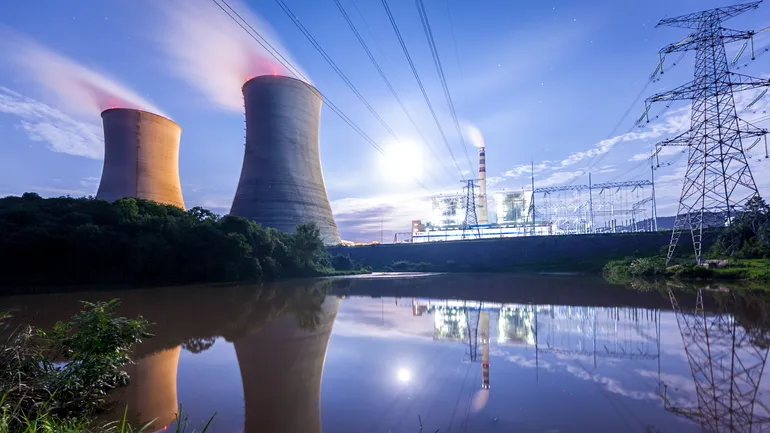A Spatiotemporal‐Orchestrated Hybrid Interphase for Highly Reversible Zinc Batteries
Advanced Energy Materials, EarlyView.

This study proposes a spatiotemporal-orchestrated hybrid SEI for zinc batteries, combining rigid inorganic ZnF2 (formed during resting) with flexible organic components (generated during cycling). This rigid-flexible coupled hybrid SEI is capable of accommodating substantial volume changes during Zn plating/stripping, preventing cracking and ensuring long-term stability. Efficacy in pouch/cylindrical cells further demonstrates the practical viability of our design.
Abstract
In situ construction of multifunctional solid electrolyte interphases (SEIs) has proved effective in mitigating dendrite, corrosion, and hydrogen evolution challenges in aqueous zinc (Zn) batteries. However, current SEI formation occurs predominantly during the electrochemical process, rendering the Zn anode susceptible to parasitic reactions prior to and during the SEI formation process. Herein, a spatiotemporal-orchestrated hybrid SEI is proposed, using a hydrous organic electrolyte comprising hydrated Zn(BF4)2 salt and propylene carbonate (PC) solvent. The electrolyte facilitates the initial formation of a rigid inorganic ZnF2 component during battery resting, providing immediate protection for Zn anodes upon contact with the electrolyte, followed by the generation of flexible organic species via electro-decomposition of PC molecules during battery cycling. This rigid-flexible coupled hybrid SEI is capable of accommodating substantial volume changes during Zn plating/stripping, preventing cracking and ensuring long-term stability. As a result, the Zn anode sustains a stable cycling for over 1500 h, a high Coulombic efficiency of 99.8%, and enhanced performance even in conventional aqueous electrolytes. Zn||V2O5 full cells configured in coin, cylindrical, and pouch formats also show significantly extended cycling. The findings provide new insights into electrolyte design and SEI construction for high-performance, practical aqueous metal batteries.















